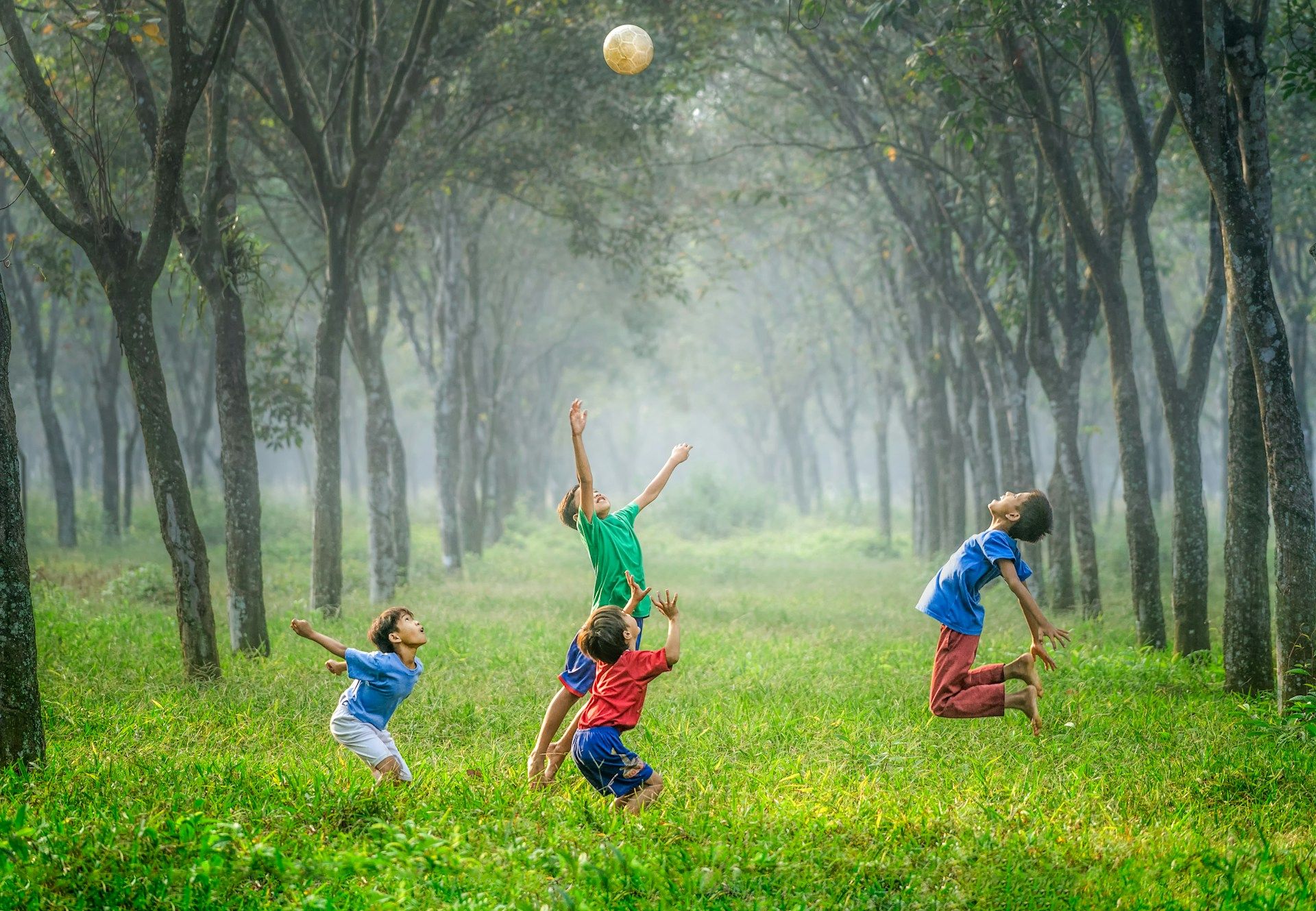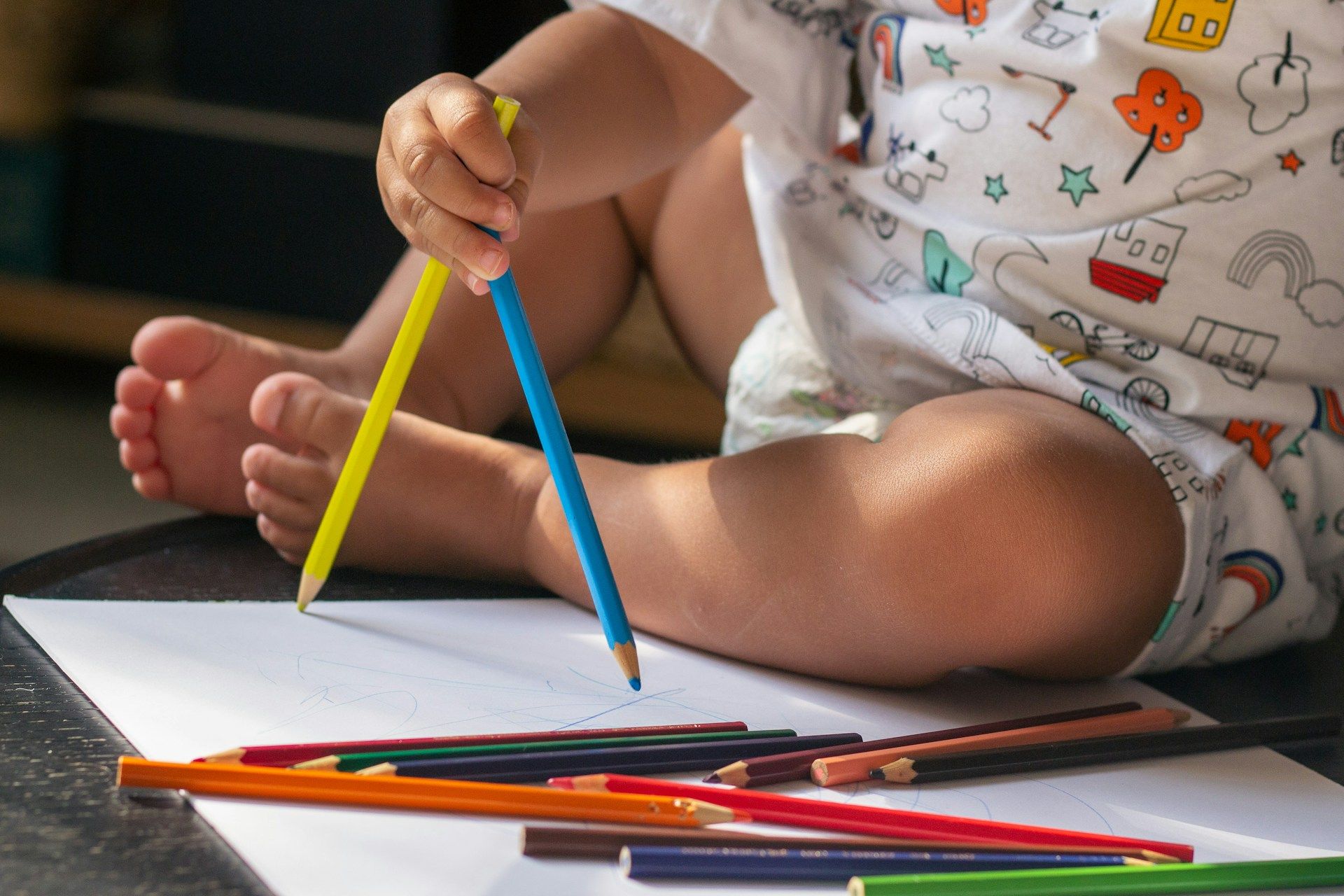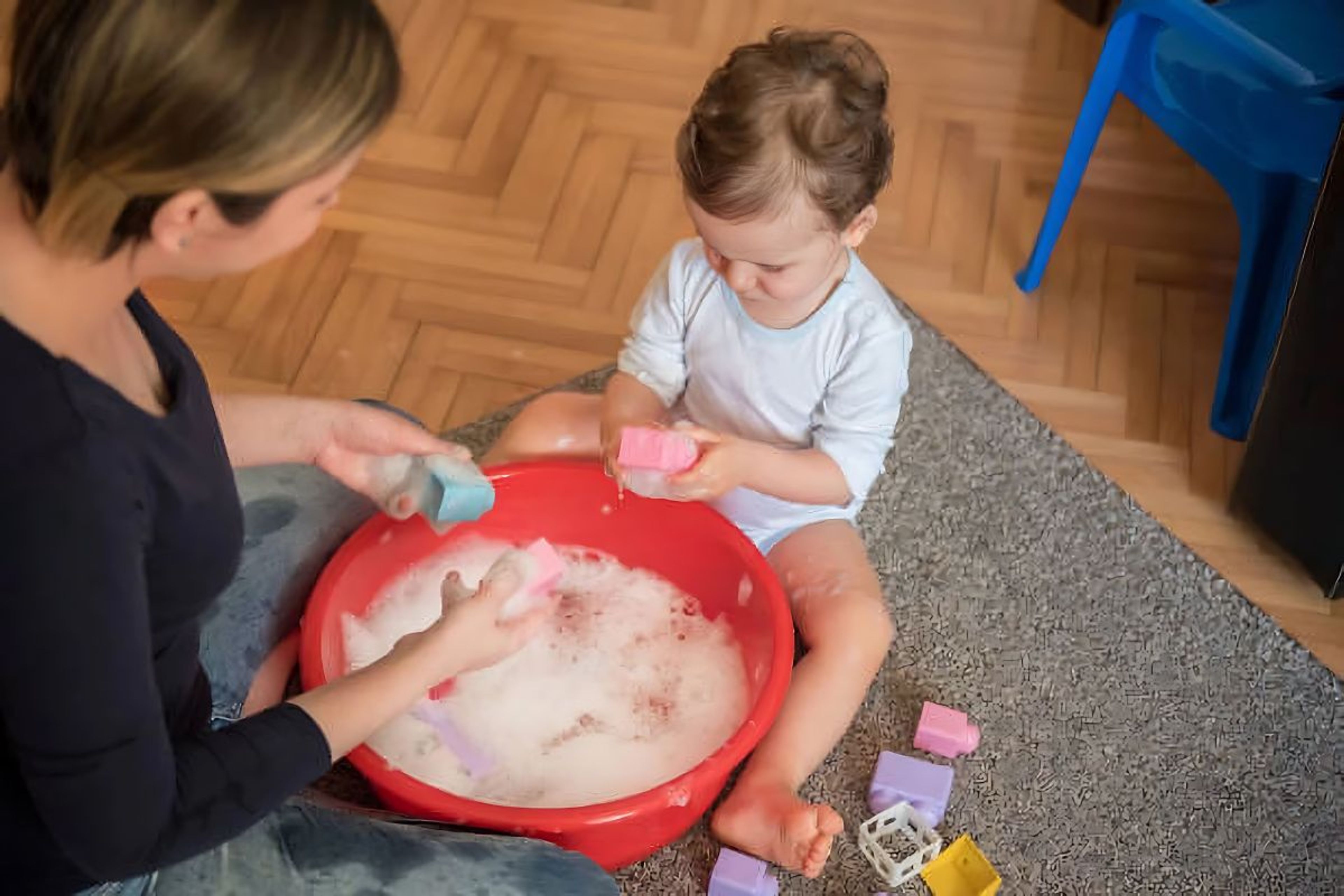Giant Steps vs. Delicate Touches: Understanding Gross vs. Fine Motor Skills

When it comes to child development milestones, motor activities play a crucial role. Motor skills can be broadly categorized into two types: gross motor skills and fine motor skills.
While both types are essential for a child's overall development, they differ in terms of the muscles they involve and the tasks they enable.
In this article, we will explore the differences between gross motor skills and fine motor skills, their importance, and the factors affecting their development.
What are Gross Motor Skills?
Gross motor skills involve the coordination and control of the larger muscles in the body, such as those in the arms, legs, and core.
These skills enable children to perform activities that require whole-body movements, such as crawling, walking, running, jumping, and balancing.
Gross motor skills provide the foundation for various physical activities and are crucial for overall physical development. For more insights on physical development, check out our article on early childhood development.
Examples of Gross Motor Skills:
- Running: Running involves the coordination of leg movements, balance, and control of body posture.
- Jumping: Jumping requires the use of leg muscles to propel the body off the ground and land safely.
- Throwing: Throwing involves the coordination of arm and shoulder movements to propel an object forward.
- Climbing: Climbing requires the use of both upper and lower body strength to navigate obstacles. For more ideas on physical activities, explore our guide on best toys for motor skills.
Importance of Gross Motor Skills
Gross motor skills play a vital role in a child's physical development and overall well-being. Here are some reasons why they are important:
- Physical Fitness: Developing gross motor skills helps children improve their overall physical fitness and stamina.
- Coordination and Balance: Gross motor skills contribute to the development of coordination, balance, and spatial awareness.
- Independence: Mastering gross motor skills allows children to become more independent in their daily activities.
- Social Interaction: Gross motor activities often involve group play, promoting social interaction and cooperation among children.
Development of Gross Motor Skills
Gross motor skills develop gradually as children grow and explore their environment. Here are some general milestones for gross motor development:
-
Infancy (0-12 months): During this stage, infants gradually gain control over their head and neck movements, learn to roll over, sit with support, and eventually crawl. For more on infant development, see our article on safe toys for infants.
-
Toddlerhood (1-3 years): Toddlers start walking independently, climbing stairs with assistance, and running.
-
Preschool (3-5 years): Preschoolers refine their gross motor skills, such as jumping with both feet, hopping, skipping, and throwing and catching a ball.
-
School-age (6-12 years): Children further enhance their gross motor skills through activities like riding a bicycle, playing sports, and participating in organized physical activities. For more on physical development, explore our guide on educational toys that help kids learn.
Factors Affecting Gross Motor Skills
-
Physical Health: General physical health and well-being can impact the development of gross motor skills.
-
Opportunities for Physical Activity: Adequate opportunities for physical activity and play contribute to the development of gross motor skills.
-
Environmental Factors: The availability of safe and stimulating environments for exploration and movement can influence gross motor skill development.
What are Fine Motor Skills?
While gross motor skills involve the coordination of larger muscles, fine motor skills focus on the smaller muscles of the hands, fingers, and wrists. Fine motor skills are essential for tasks that require precision and dexterity, such as writing, drawing, buttoning clothes, and using utensils. These skills enable children to perform intricate movements and manipulate objects with control and accuracy.
For more on skill development, check out our article on creative play.
Examples of Fine Motor Skills:
- Writing: Writing involves the precise control of hand and finger movements to form letters and shapes.
- Drawing: Drawing requires fine motor skills to control the pencil or crayon and create detailed images.
- Cutting: Cutting with scissors involves the coordination of hand and finger movements to manipulate the scissors along a specific path.
- Picking up small objects: Fine motor skills allow children to pick up small objects using their fingers and thumb. For more activities that develop fine motor skills, see our guide on toys that improve focus and concentration.

Importance of Fine Motor Skills
Fine motor skills are crucial for a child's overall development and academic success. Here are some reasons why they are important:
-
Academic Readiness: Fine motor skills, particularly writing and drawing, are essential for school readiness and success. Learn more about preparing for school in our article on scribbles and childhood education.
-
Self-Care Skills: Fine motor skills enable children to perform self-care tasks independently, such as dressing, feeding, and grooming. For more on developing independence, check out our guide on self-help skills.
-
Hand-Eye Coordination: Developing fine motor skills enhances hand-eye coordination, which is essential for various activities, including sports and playing musical instruments.
-
Creativity and Expression: Fine motor skills allow children to express their creativity through art and craft activities. Explore our article on creative play for more ideas.
Development of Fine Motor Skills
Fine motor skills develop gradually as children engage in activities that require hand and finger movements. Here are some general milestones for fine motor development:
-
Infancy (0-12 months): Infants start developing fine motor skills by grasping objects, transferring them between hands, and exploring textures. For safe toy recommendations, see our guide on safe toys for infants.
-
Toddlerhood (1-3 years): Toddlers refine their fine motor skills by stacking blocks, turning pages of a book, and scribbling with crayons.
-
Preschool (3-5 years): Preschoolers further enhance their fine motor skills through activities like cutting with scissors, drawing shapes, and stringing beads. For more activity ideas, check out our article on educational toys that help kids learn.
-
School-age (6-12 years): Children continue to refine their fine motor skills through activities like writing, typing, and engaging in arts and crafts.
Factors Affecting Fine Motor Skills
-
Hand and Finger Strength: Adequate hand and finger strength is essential for the development of fine motor skills.
-
Practice and Experience: Regular practice and exposure to activities that require fine motor skills contribute to their development.
-
Sensory Play: Engaging in sensory play, such as playing with playdough or manipulating small objects, can enhance fine motor skills.
Conclusion
Gross motor skills and fine motor skills are both crucial for a child's overall development.
While gross motor skills involve the coordination of larger muscles and enable whole-body movements, fine motor skills focus on the smaller muscles and enable precise and dexterous movements.
Both types of skills play a significant role in a child's physical, cognitive, and social development.
By understanding the importance of gross and fine motor skills and providing opportunities for their development, parents and caregivers can support children in reaching their full potential.




